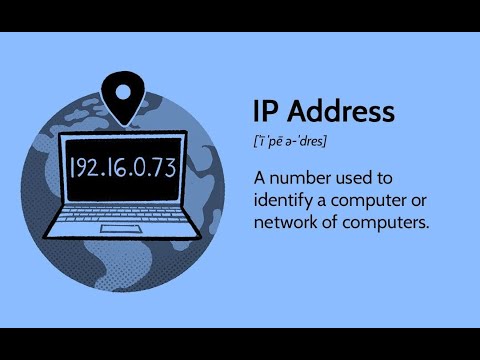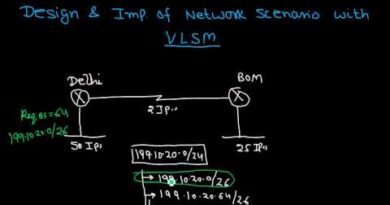Introduction to Internet: IP address explained in 1min
An IP address (Internet Protocol address) is a unique numerical label assigned to each device connected to a computer network that uses the Internet Protocol to communicate. It’s like a street address for your device on the internet!
Think of it this way:
– Your home address helps postal services deliver mail to your doorstep.
– An IP address helps devices find and communicate with each other on the internet.
An IP address typically consists of four numbers separated by dots (e.g., 192.0.2.1). There are two main types:
1. IPv4 (32-bit): Most commonly used, with addresses like 192.0.2.1.
2. IPv6 (128-bit): Newer, with longer addresses like 2001:0db8:85a3:0000:0000:8a2e:0370:7334.
IP addresses serve several purposes:
– Device identification: Uniquely identifies a device on a network.
– Location addressing: Helps devices find each other and communicate.
– Routing: Enables data to be routed between networks and devices.
Now, you might be wondering: “What’s my IP address?” You can easily find out by searching “What’s my IP address” on a search engine or using online tools like (link unavailable)!
You can also check Via
www.whoer.net
ipv4



